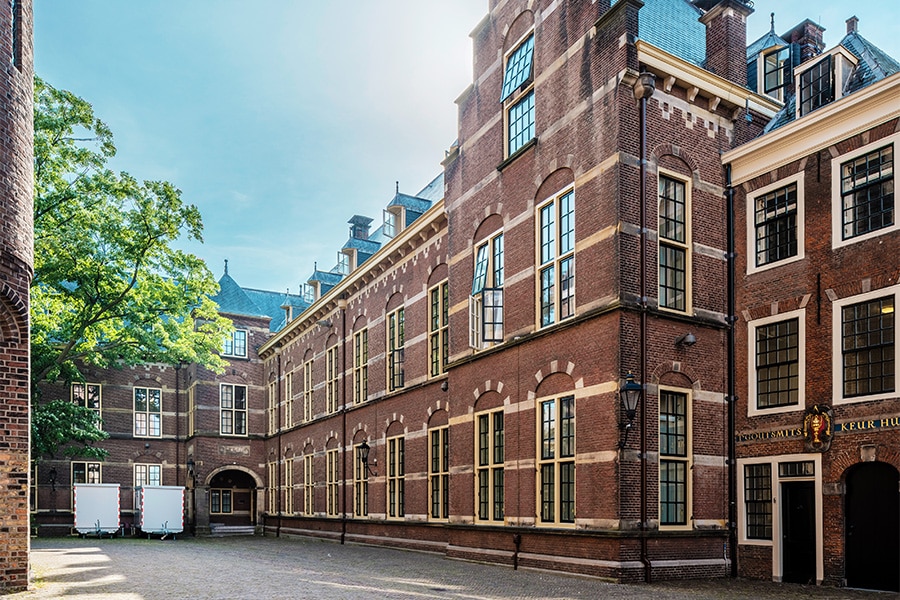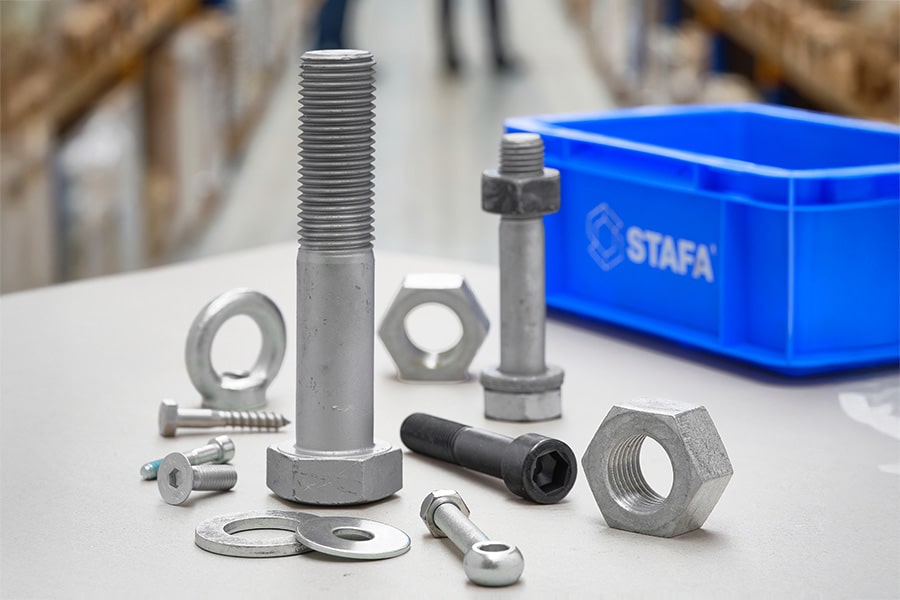
New formwork technology means huge advances in sustainable construction
Innovation with nanopolymer addition
Last summer a new generation of formwork appeared on the Dutch market: Plaform. An extremely durable product with great ease of use and beautiful end results. Remarkably, the cost does not change compared to using steel, wooden or plywood formwork. Plaform is produced by Misa, a company that applies technological developments and innovations in its production techniques. Curious about the ins and outs of this new formwork method, we asked co-owner Rob Huijsmans about Plaform: "We are exclusive dealer for the Netherlands and a few months ago we introduced the product here. This plastic formwork panel is surprisingly robust and at the same time energy and environmental efficient. The first Dutch users responded enthusiastically."

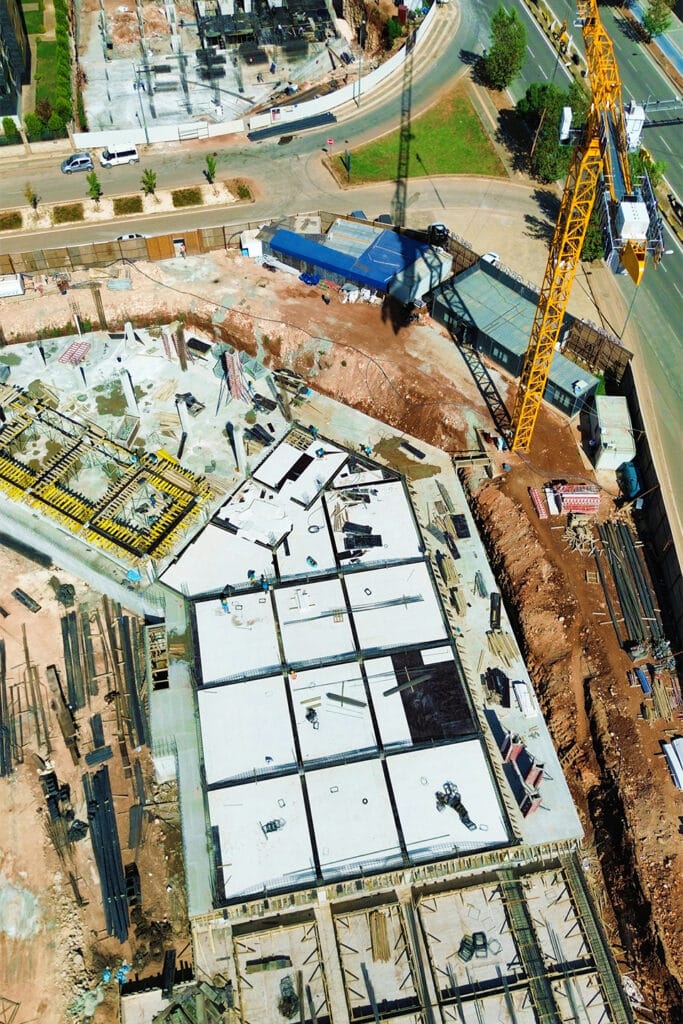
Plaform represents a pioneering advance within formwork technology. It uses the strength of PP polymer as a base. The integration of high-molecular nanotechnology and the special blend of nanopolymer additives significantly reduces deformation, unlike conventional counterparts.
Sustainable
Plaform is a significant advance over the familiar concrete plywood board. Not least because of its energy savings and environmentally friendly character. Plaform remains unaffected by extreme temperatures. In addition, it is highly resistant to water and moisture. For the same reason, the material can also be stored perfectly well without deterioration. "Moreover, it does not deform due to scratches or impacts, and therefore the smooth concrete finish achieved at the initial pour is retained." The material has a longer service life than existing formwork methods due to its tremendous abrasion resistance. In addition, the material is completely recyclable. The fact that no formwork oil is required saves time, costs and also adds to its environmentally friendly nature.
Ease of use and efficiency
Efficiency and ease of use have also been considered. "The plastic sheets are lightweight and therefore easy to handle. This saves time during assembly and disassembly. The sheets can be easily cleaned with water. In addition, like concrete plywood, they can be sawn, nailed and drilled." The boards can also be easily repaired with a polyurethane adhesive. This repair method was developed together with the company Berkleba of Nijmegen. Plaform's production standard is 125 x 250 cm, with a choice of thicknesses of 9, 12, 15, 18 and 21 mm. With these ideal application dimensions, the possibility of combining Plaform with plywood is offered at the same time. By the way, other thickness sizes are available on request.
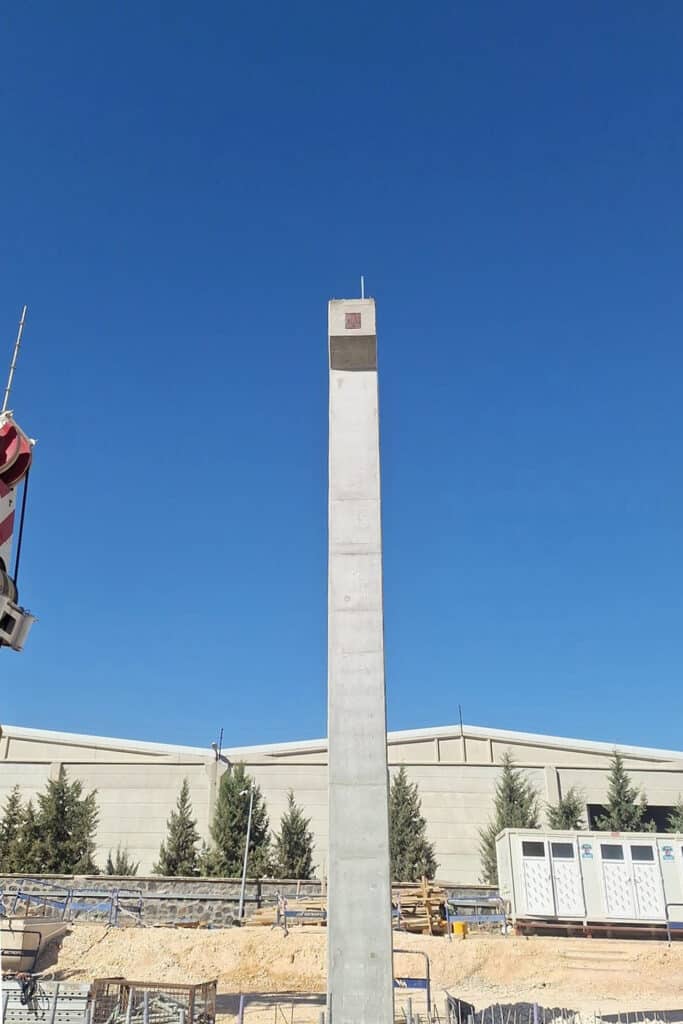
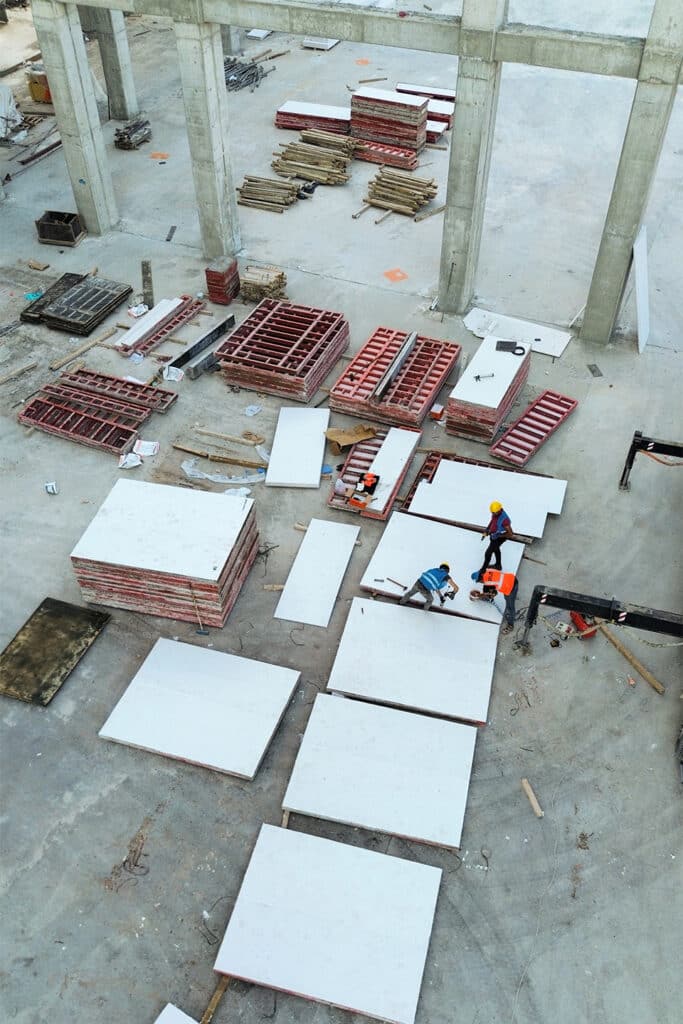
Broad application
Plaform can be used for all kinds of formwork. Thus, it can be used for the construction of columns, walls, floors, stairs, edge boxes and beams, among others. It is also suitable to be used for round walls, as the material is flexible and returns to its original shape after use. "Future developments in the form of scaffolding boards and floor boards for events are currently being explored with the manufacturer."
Enthusiastic users
The product has been extensively tested and has numerous certificates. Another striking feature is its consistent cost price. The first Dutch users are enthusiastic: "They confirm that you indeed do not need formwork oil and you achieve a beautifully smooth result, even after multiple applications. They also confirm that Plaform is easy to clean with water," Huijsmans concludes.
